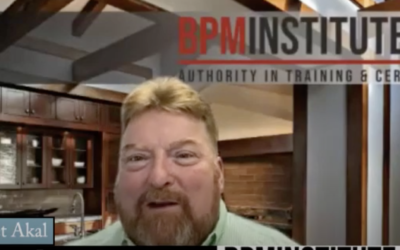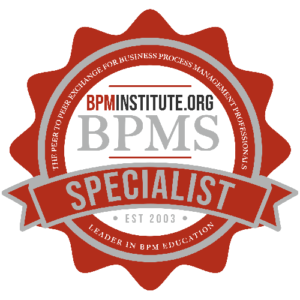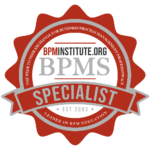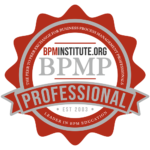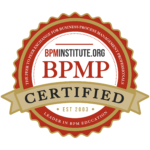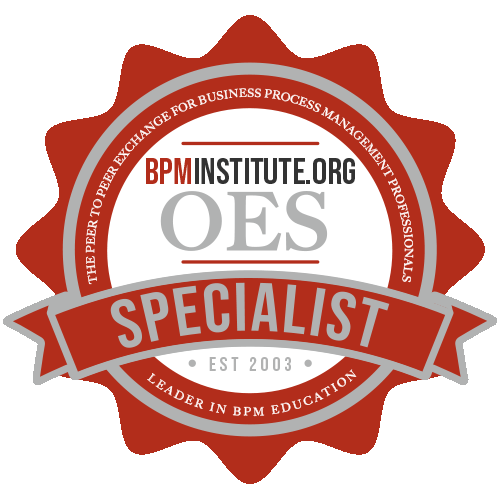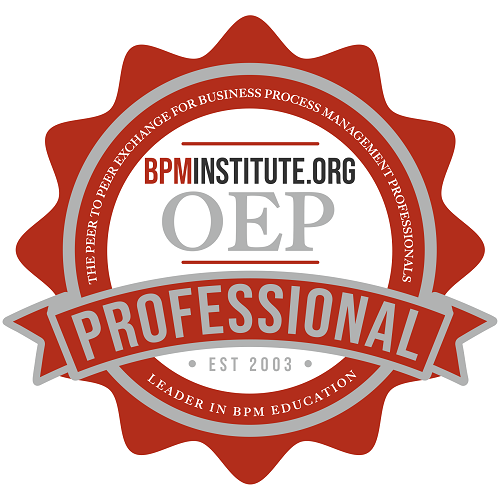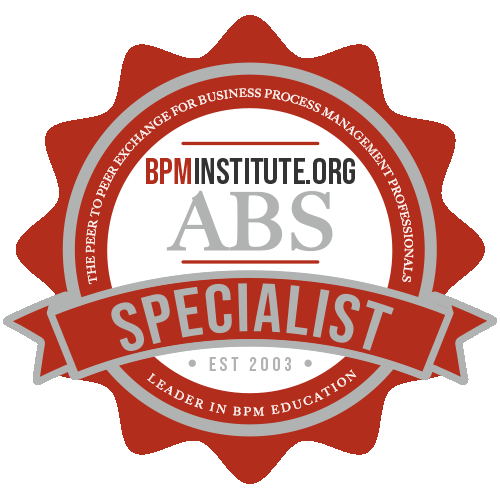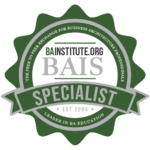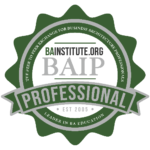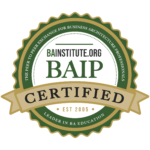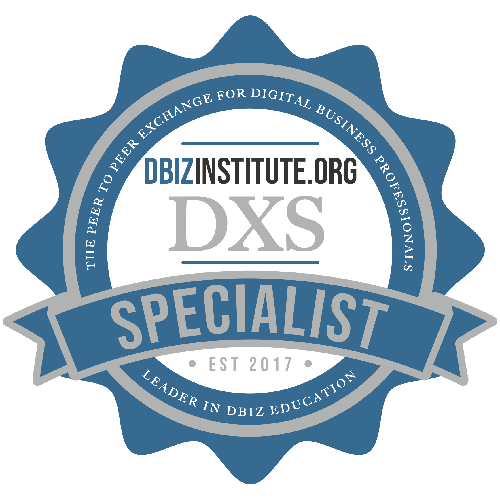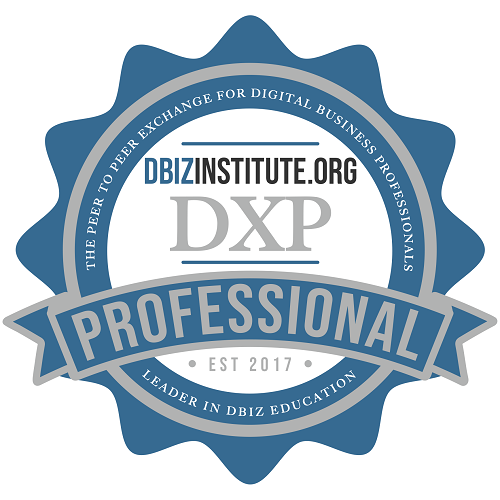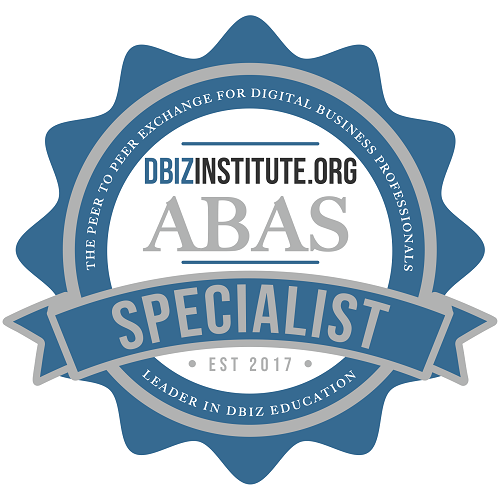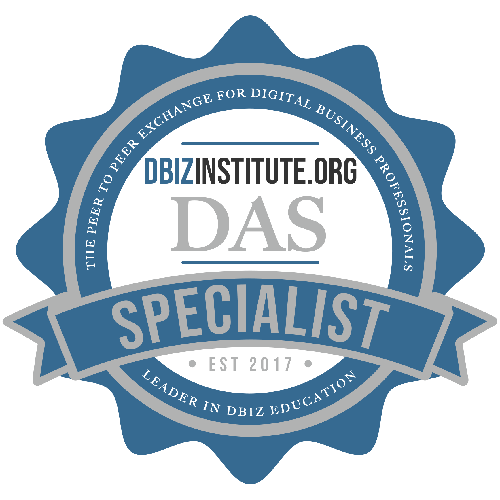Lean is not about cutting jobs to the bone. Rather it is about getting your operation “svelte and fit”, doing more with less, being in the ‘flow’ zone and delivering what the customer values.
Lean is a term coined by James Womack and Daniel Jones in their book Lean Thinking: Banish Waste and Create Wealth in Your Corporation. Lean is the term they gave to the principles they observed at Toyota. These principles enabled employees to eliminate wastes, minimize variation through standardization, and increase value in the eyes of the customer.
But can lean be applied outside manufacturing? And will it work in the public sector where there are no external paying customers like there are for corporations? The answer is absolutely yes. Major business process management improvements (BPM) have been made with lean principles in financial services, healthcare, education and government over the last 10 years. In fact the service and information sector offer more opportunities for lean and BPM than the manufacturing sector.
A lean approach can cut costs dramatically, typically by 15 to 30% (1), and my experience has seen even greater reductions. In today’s tough times, I see organization that “cut heads” and then need to figure out how to streamline their operations. Better that they had looked at their processes before cutting heads, but instead I reframe the situation as an opportunity and say, “Well, what can we do now to really take advantage of the situation and do more with less while focusing on what the customer needs?”
Lean’s foundation uses three principles;
1. Eliminate waste (by getting rid of any activities the customer would not pay for)
2. Work toward continuous flow of the process (no waiting, no bottlenecks, no rework)
3. Build a culture which respects all employees and enables them to do continuous improvement
Wastes occur in four categories:
- Information waste, including
- Unclear, incorrect, or missing data.
- Incompatible information systems
- Process waste, including
- Waiting
- Multiple approvals
- Space waste, including
- Unnecessary movement of people or transactions
- Poorly organized facilities
- Underutilized people
- Unclear roles and responsibilities
- Hierarchy and organizational structure
Let me give you case examples for each of the waste categories.
Case 1: Information Waste Impacts Continuous Flow
In working with a cross-functional group at UC Berkeley called Show Me the Data, they found that non standard data definitions and the inability of systems to talk to one another made it difficult for the chancellor to get answers to questions about how much a core course was costing the university. Indeed after looking at a ‘notched time line’ the team realized that continuous flow was stalled by 4 different types of information waste: decentralization of data, absence of common data definitions, transactional data systems not built to support analytical needs, and the absence of and integrated interface. Information analysts spent 21 – 37 days answering critical questions and 13 to 20 of those days were spent just trying to get needed data. In fact, sadly they were only able to spend 2-3 days on data analysis.Case 2: Waiting and Multiple Approvals Keep Permit Time at 21 working days
After modeling the workflow of a permit process in a county government, the team discovered that the permit went through six different sequential functions for approval, such as hazardous materials, streets and parks, fire, etc. and it could be rejected at any point. Each time the permit also waited with checking in and out of an administrative function. So the complete time for approval was 21 working days. By understanding what was of value to the customer (a turnaround of 2 weeks or less) and applying some rules of redesign they segmented the permit types and cross-trained employees to increase their skills and responsibilities. Permit approval times went to 15 minutes – 5 days. (2)
Case 3: Plenty of Space, But Problems Still
At a printing facility in a major university, they found that too much space encouraged waste- old inventory sitting around, equipment that no longer produced quality results, materials on different ends of the floor. After studying a lean tool called “5 S” they sorted out what was not necessary (sold it, gave it away, or put it in the trash) and moved equipment and materials close to where the work was performed. The new environment that saved time for workers, provided a visual workplace to enable self-management, and allowed the work to move in a more continuous flow. Eventually they could even more to a smaller facility and all the time with greater productivity.
Case 4: 17 Different Recruiting Processes
A government research laboratory was about to get federal stimulus money and knew it had to be able to handle more job openings. But in studying the recruiting and hiring processes, we found 17 different variations in five different human resource centers. There were 37 handoffs between different roles in one process. It was time to standardize, or as lean would suggest – start with stabilizing the process. The result: one recruiter role handled the core of the process with the hiring manager, and then handed the final hiring operations to an HR assistant. And, scientists and technical managers told us they valued sourcing from different areas for different types of job positions. The lab created different stabilized processes for scientists, non-scientist, and post doc positions and kept one point of contact (the recruiter) in each.
Lean is an operational strategy that enables you to cut cycle time, increase efficiencies, and differentiate your organization with the customer. By eliminating waste, moving toward continuous flow, and building a culture of continuous improvement it provides the tools and philosophy to support BPM initiatives.
- McKinsey Quarterly, “Applying Lean Production to the Public Sector, June 2009
- Madison, Dan. Process Mapping, Process Improvement, and Process Management.
Chico, CA: Paton Press, 2005.



